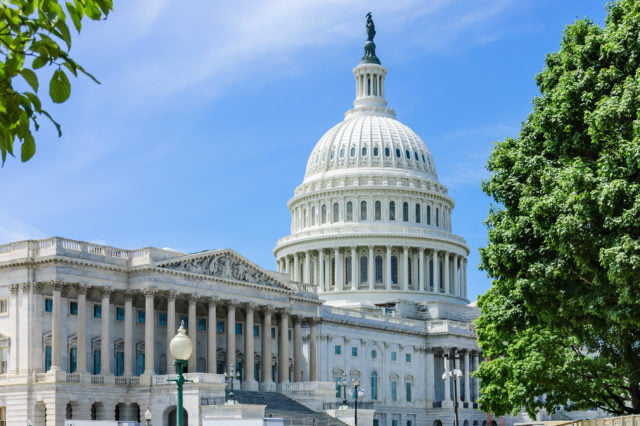
Why Don’t Americans Save?
Abstract
This paper provides an examination of the decline in the household saving rate over the past two decades from both the macroeconomic and microeconomic perspectives. Between 1980-84 and 2000-04 private saving fell more than 8 percentage points of U.S. GDP. At the aggregate level, about 40 percent of the fall in the household saving rate occurred within contractual retirement accounts, that is, within employer-sponsored and individual retirement plans. Moreover, much of the drop in discretionary saving occurred before the sharp rise in equity and home values in the late 1990s. The paper examines the potential scope of a number of other explanations for the fall in aggregate saving, such as the drop in inflation, increased capital gains on wealth, and alternative treatments of consumer durables as investment. Lower rates of inflation do emerge as a possible cause of the drop in measured saving, but the other factors do not seem consistent with the observed timing of the decline.






